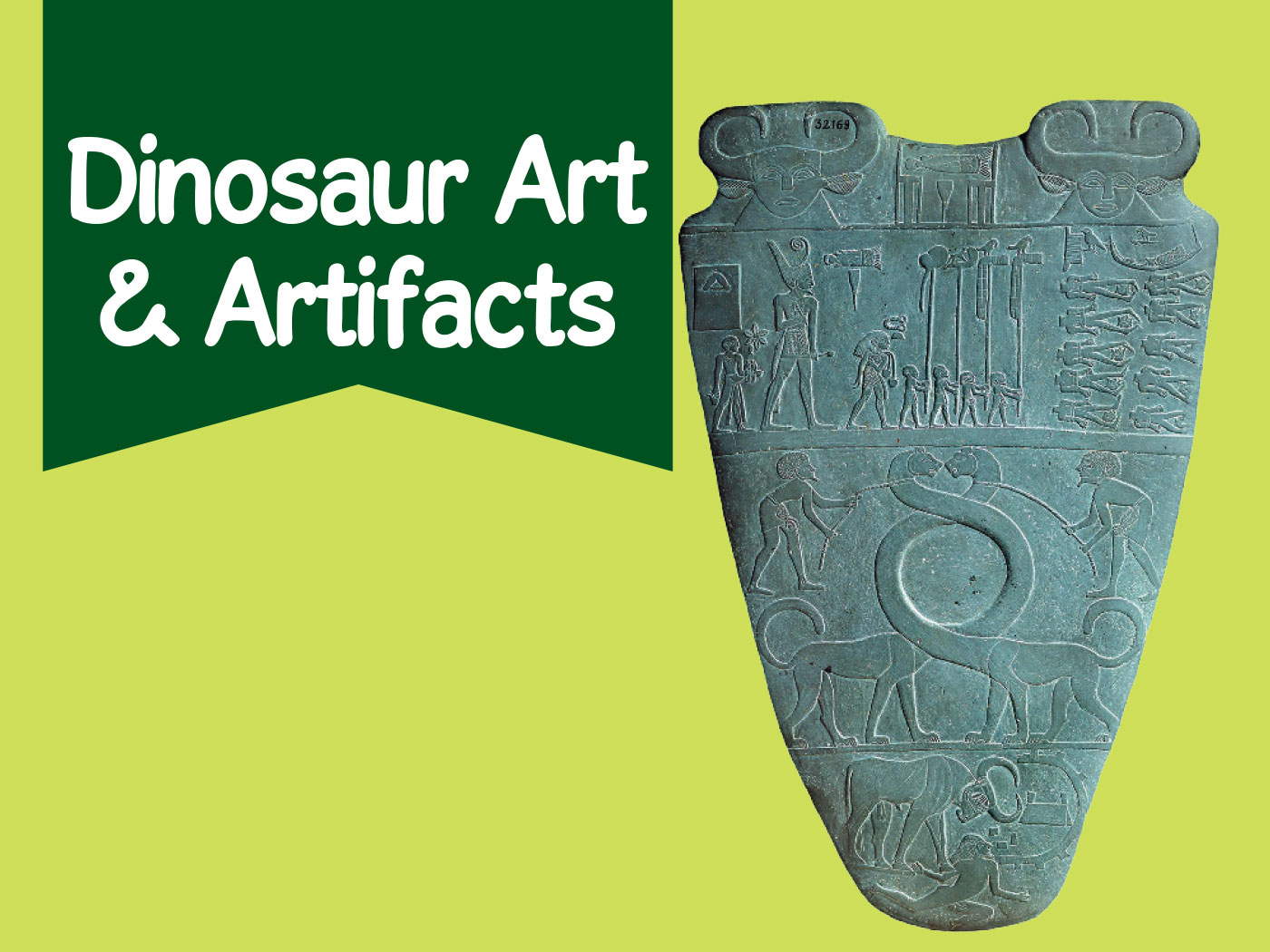In a sad but almost humorous turn, a large Protestant denomination has issued an apology to Charles Darwin for not embracing his particle-to-people philosophy sooner.1 Constructed by Rev. Dr. Malcolm Brown, the statement was posted on the Church of England website and reads, in part, “Charles Darwin: 200 years from your birth, the Church of England owes you an apology for misunderstanding you and, by getting our first reaction wrong, encouraging others to misunderstand you still.”2 This pronouncement comes at a time when numerous discoveries in the physical and life sciences have stymied many evolutionary scientists. Indeed, creation science has shown repeatedly that real science and Scripture have always fit like a hand in a glove.3
Ironically, the call for Christians to sheepishly wring their hands in apology coincides with the convening in Austria of a group of leading evolutionary scientists known as the “Altenberg 16” to address the crisis of a cogent lack of an explanatory Darwinian mechanism!4 Surely, this effective “vote of no confidence” in evolution is fueled by the explosion of biochemical information from this past decade, which has revealed intricate machines in our trillions of cells. "Some enzyme complexes function literally as machines, and come equipped with springs, levers and even rotary joints," reported one biologist.5 Neo-Darwinists continue to cling to their naturalistic view, denying the obvious inference that all machines must have required a machinist in the beginning. They stubbornly insist, despite the fact that no machine has ever been observed springing into existence from unguided nature, that these tiny protein machines somehow “evolved.”
DNA research continues to astound secular researchers, causing one team to exclaim that DNA “...seems to be the work of an accomplished sculptor.”6 Is it any wonder that the late Nobel Prize-winning scientist Francis Crick warned his colleagues, “Biologists must constantly keep in mind that what they see was not designed, but rather evolved?”7 Even the late Garret Hardin, a committed neo-Darwinist, said nature itself challenges evolutionary theory!8
Should Bible-believing Christians apologize for rejecting a view that requires faith in the story that unknown chemicals came together in an unknown way in an unknown environment at an unknown time using an unknown process to produce life—and especially when evolutionary scientists themselves admit that:
- “The origin of animals is almost as much a mystery as the origin of life itself”;9
- Human evolution “is a subject concerning which there is much debate, and about which there is much still to be learned”;10 and
- “Human paleontology is a field that has always been—and most likely always will be—starved for data [scientific evidence]”?11
Let the record show that an apology will not be forthcoming from the Institute for Creation Research, because the works of our Creator “from the creation of the world are clearly seen, being understood by the things that are made” (Romans 1:20). We encourage Christian denominations to both challenge the shaky foundations of neo-Darwinism, and to accept at face value the words of the One who was there and who generously provided a true record of our origins, purpose, and destiny.
References
- Wynne-Jones, J. Charles Darwin to receive apology from the Church of England for rejecting evolution. The London Telegraph. Posted on www.telegraph.co.uk September 14, 2008, accessed September 19, 2008.
- Brown, M. Good religion needs good science. Posted on the Church of England website September 12, 2008, accessed September 19, 2008.
- Sherwin, F. 2007. Scientific Discoveries Continue to Erode Darwinism. Acts & Facts. 36 (30).
- Mazur, S. The Altenberg 16: Will the Real Theory of Evolution Please Stand Up?, an E-book in 6 Parts. Part 1 - Chapters 1, 2 & 3 published on www.scoop.co.nz July 6, 2008.
- Block, S. M. 1997. Real Engines of Creation. Nature. 386 (1997): 217
- Marino, M. Investigator seeks to uncover roots of DNA’s ”sweet” secret. The Reporter. Posted on www.mc.vanderbilt.edu September 29, 2006, accessed September 19, 2008.
- Crick, F. 1988. What Mad Pursuit: a Personal View of Scientific Discovery. New York: Basic Books, 138.
- Hardin, G., ed. 1968. 39 Steps to Biology, readings from Scientific American. San Francisco: W.H. Freeman & Co., 104
- Donoghue, P. C. 2007. Palaeontology: Embryonic identity crisis. Nature. 445: 155.
- Colbert, E. 2001. Colbert’s Evolution of the Vertebrates. New York: Wiley-Liss, 348.
- Trefil, J. 1996. The Edge of the Uknown: 101 Things You Don’t Know about Science and No One Else Does Either. Boston: Houghton Mifflin Company, 276.
* Mr. Sherwin is Senior Science Lecturer.
Article posted on September 23, 2008.













